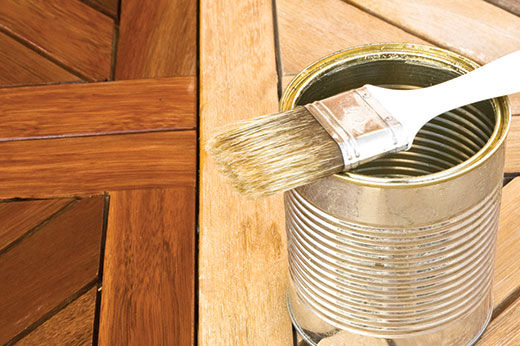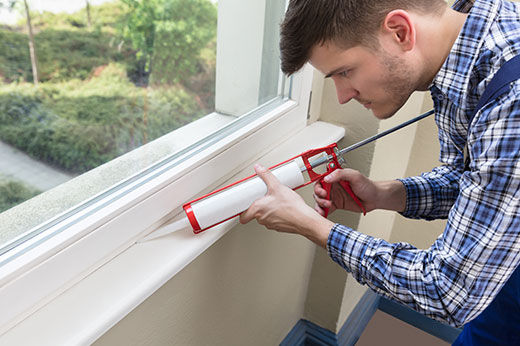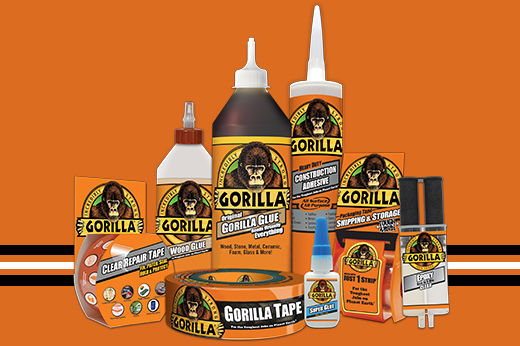While do-it-yourself projects can be fun and fulfilling, there is always a potential for personal injury or property damage. We strongly suggest that any project beyond your abilities be left to licensed professionals such as electricians, plumbers, and carpenters. Any action you take upon the information on this website is strictly at your own risk, and we assume no responsibility or liability for the contents of this article.
How to Paint a Brick Fireplace
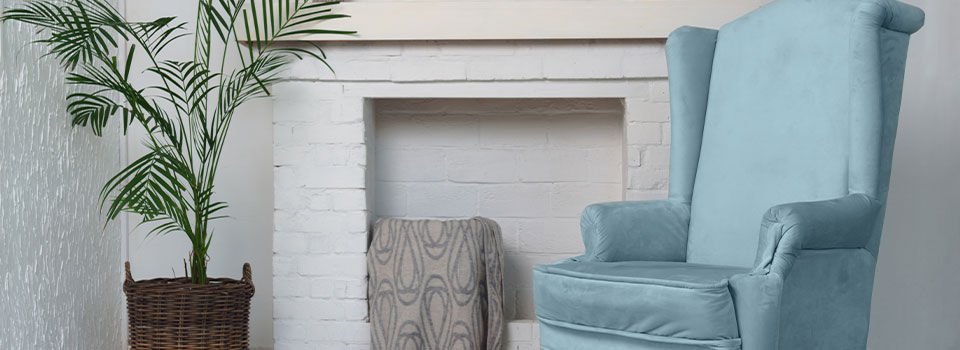
A fireplace is an attractive addition to any new home, but using it even a few times over the years can leave it looking less than pristine. Brick isn't the easiest material to keep looking fresh and new because it's porous and tends to trap dust and debris on the rough surface. Painting a brick fireplace allows you to brighten up its appearance, helps it blend in with modern décor, and refreshes it for many more years of service. Yet it's not as simple as just applying the same latex wall paint you'd use for other interior projects. Tuckpointing to repair damaged mortar may be necessary first. Even once the fireplace is stable and ready for painting, it needs a thorough cleaning and priming first. The right paint must also be used to both ensure a good bond and to prevent heat damage from discoloring it. With these steps, you can paint your fireplace so that it's attractive, modern, and still safe to use.
Cleaning and Prepping the Surface
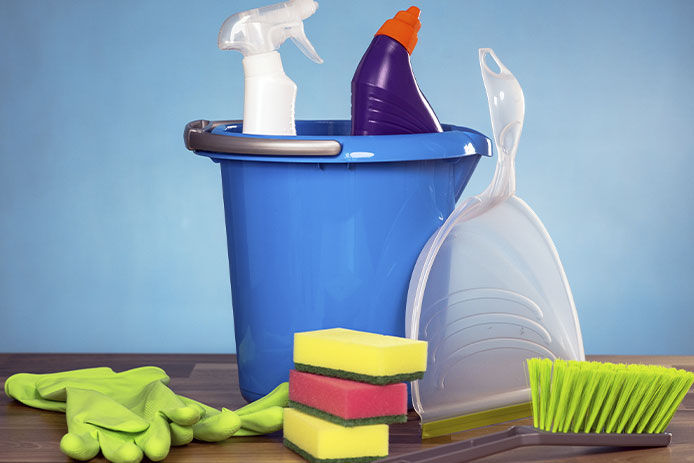
The amount of time and care spent preparing the brick to be painted will largely determine how good the finished product looks. The first step is scrubbing the entire surface with a wire-bristled brush to loosen dust, dirt, debris, and surface materials that are loose. This should knock loose any mineral deposits that leach out from inside the brick as well. Brush both the bricks and the mortar to knock off any loose material. Fill in small cracks in the brick or mortar with masonry patching material that can be painted. After brushing and sealing up any damage, it's time to wash the surface. This removes any brick dust created during brushing that could interfere with the bond of the primer and paint. A masonry cleaning detergent, plenty of water, and a stiff-bristled brush should remove the majority of ash and soot deposits. Any stubborn greasy soot spots left behind must be removed with an etching cleaner like trisodium phosphate. Leaving soot spots on the brick will cause the paint to bubble, peel, and generally fail.
Priming the Brick and Mortar
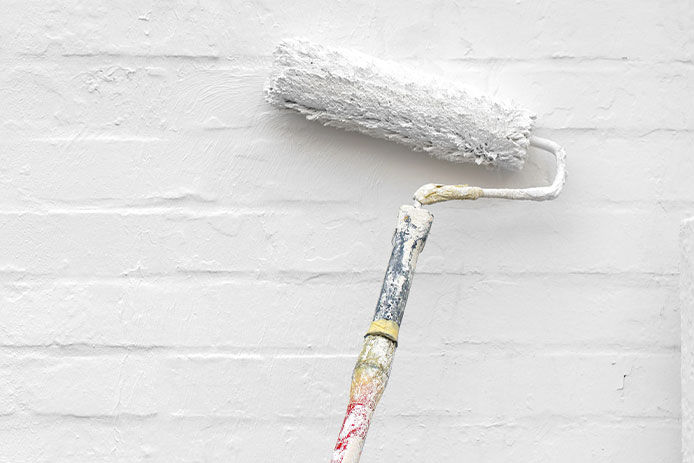
Once the bricks and mortar are dry from any cleaning efforts, it's time to prime the surface. Hang any painter's plastic over the hearth and along the walls with a careful application of painter's tape. Stain-blocking masonry and brick primers are required for this job. Most formulas are oil-based for the best adhesion, but they should state that they're compatible with acrylic latex paints as well. Make sure the product you choose also offers heat resistance of at least 200 degrees F.
Use a smaller brush to apply primer to the mortar gaps and inner edges of the bricks first. These are the areas most commonly missed, and skipping even a small amount of primer weakens the bond of the paint to start it peeling. When you're confident all of the mortar is covered with primer, use a high nap roller to coat the flat surfaces of the bricks. This should speed up the process without risking any gaps in primer coverage.
Choosing the Right Paint
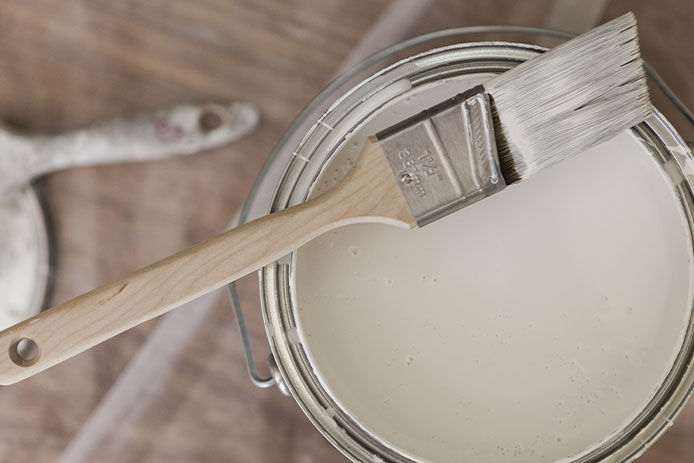
While choosing the right masonry primer is essential for success, so is selecting the right paint. Despite the prominence of oil-based primers, the best paint for most brick fireplaces is actually acrylic latex. Yet don't use the same interior latex paint you'd put on the walls around the fireplace. Due to the proximity to a heat source, fireplace bricks must be coated with heat-resistant paint. Look for thick paint as well to increase its hiding ability and to reduce the number of coats needed to get a smooth appearance over rough brick. If you want to paint the interior of the fireplace and not just the exterior bricks, you'll need special high heat paint that's also commonly used for grills and wood stoves. It's harder to apply and creates a lot of fumes, so most homeowners just stick to painting the exterior bricks with low heat paint.
Oil-based paints can be used on the brick, but it's less than ideal. First, it's harder to find heat-resistant paints in these formulas because they're naturally more flammable and tend to discolor with regular exposure to heat. Also, oil-based paints are harder to paint over later, which is a common maintenance chore with a painted fireplace.
Painting the Brick
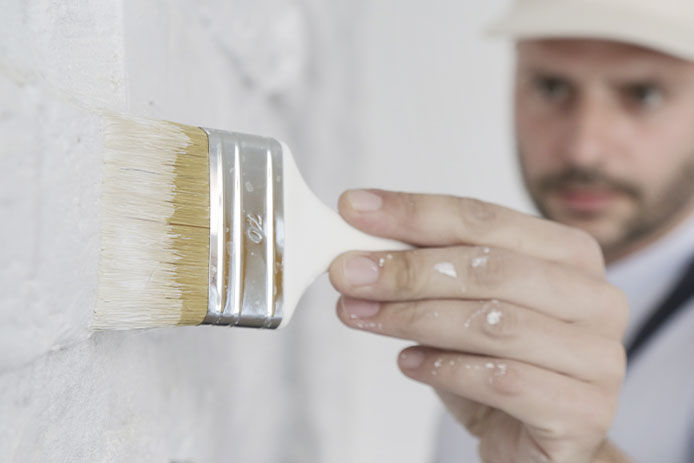
As with the application of the primer, start with a brush on the mortar and follow with a roller. Let the primer dry fully before starting to paint, and let each coat of paint dry thoroughly as well. Most fireplaces will need at least two coats to go from red or dark brick to a light color. The mantel can be painted to match or in a contrasting color with the same heat-resistant latex paint. No primer is likely needed if it is wood, but concrete or stone mantels will need the appropriate primer.
Materials to Avoid Painting
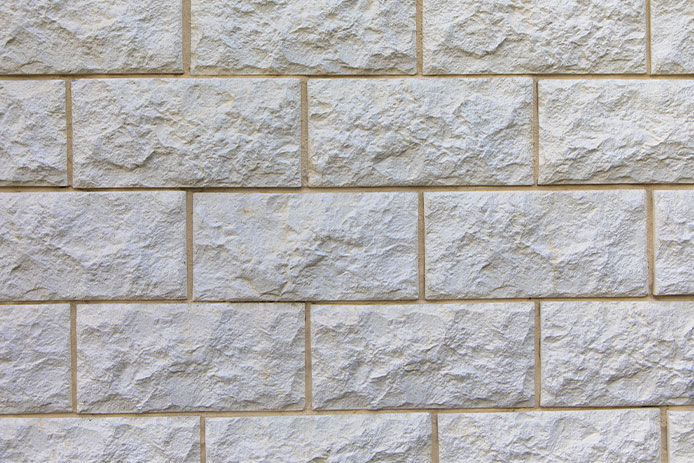
Most brick fireplaces can be painted successfully with patience. However, hearths and bricks made from natural stones like limestone, river rock, and sandstone are a poor choice for painting. Their surfaces simply don't react well to primer or paint.
With the right equipment and materials, anyone can spruce up an old brick fireplace and give it a new look. Find the right paint first to ensure there's no issue with continuing to use the fireplace for years to come, even if you plan to cover the firebox for now.
